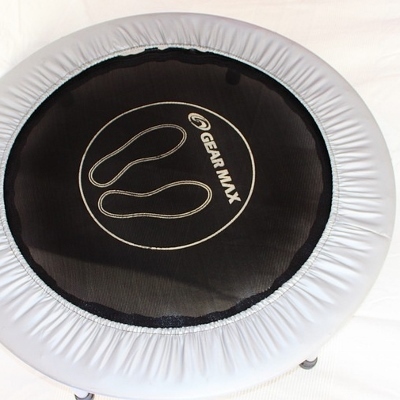 Building strength the “traditional†way may prove to be a bane for those with an impatient streak. Happily, high-intensity strength training offers an alternative to the tedious repetition that can feature in strength-building workouts. It’s also something to try if you feel that you’ve hit a wall and can’t seem to progress no matter how much time/weight/effort you put in.
Building strength the “traditional†way may prove to be a bane for those with an impatient streak. Happily, high-intensity strength training offers an alternative to the tedious repetition that can feature in strength-building workouts. It’s also something to try if you feel that you’ve hit a wall and can’t seem to progress no matter how much time/weight/effort you put in.
The one thing high-intensity strength training has in common with high-intensity interval training (HIIT), is that both can be completed in a shorter time than conventional workouts. Unlike HIIT, high-intensity strength training does not entail anaerobic exercising, but both aim to improve strength, fat burning capacity, and glucose metabolism.
The term might sound intimidating, but high-intensity strength training involves movements that are slow and controlled. This means no cheating when lifting the weight by bouncing, rocking, swinging, or otherwise using momentum to lift and lower the weight. In addition, you must use 2-3 full seconds to lift the weight and 4-5 seconds to lower it to the starting position.
While this may seem unbearably slow at first glance, it produces constant tension in the muscle being worked and prevents a too-long rest period. This, in combination with the full motion range demanded of this approach, will lead to the exerciser truly “feeling the burn†as fatigue (shaking, trembling, burning) in the targeted muscle builds up towards the end of one set. The key approach to high-intensity strength training is to carry out each movement perfectly, and not sacrifice form, i.e., quality, for quantity.
The pursuit of quality over quantity means that the number of repetitions per set is lower than that for traditional strength building (8 vs. 12-15 reps), and you should aim to be able to complete 15 repetitions. Following this, the weight used should be increased by 5-10% until 15 repetitions can be achieved. Generally, aim to overload in terms of weight used, time taken, or number of repetitions for each subsequent workout.
Rest is important, given the nature of this approach. Typically, a between-set rest interval of 90 seconds is appropriate, although this can be increased if you use heavier weights. Sufficient rest between sessions (2 days is the norm, although 3 or 4 days can also be beneficial) is important as well to reduce the risk of overtraining and injury.





